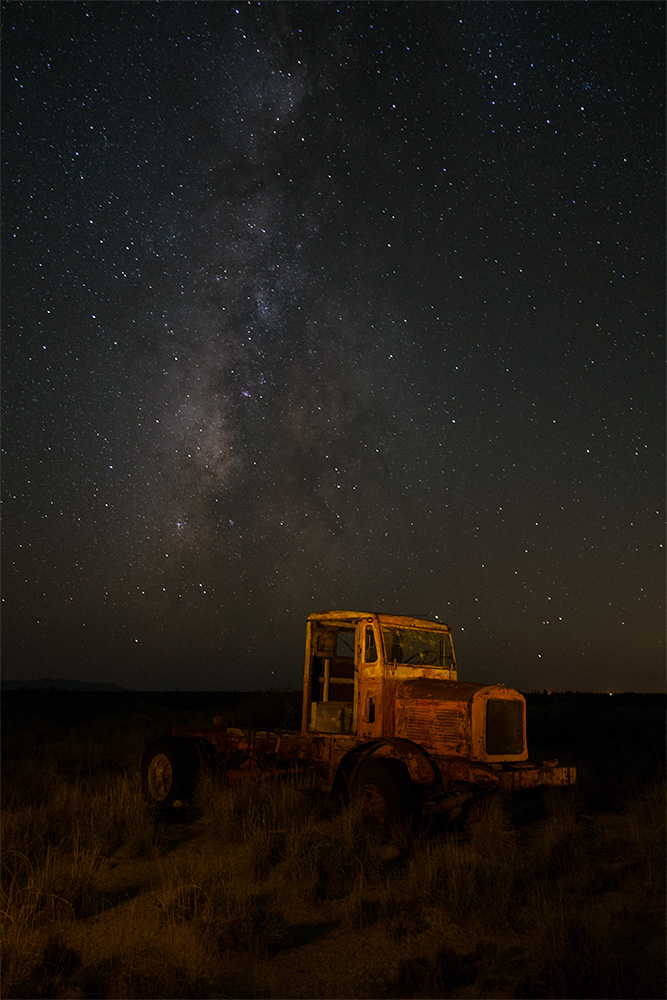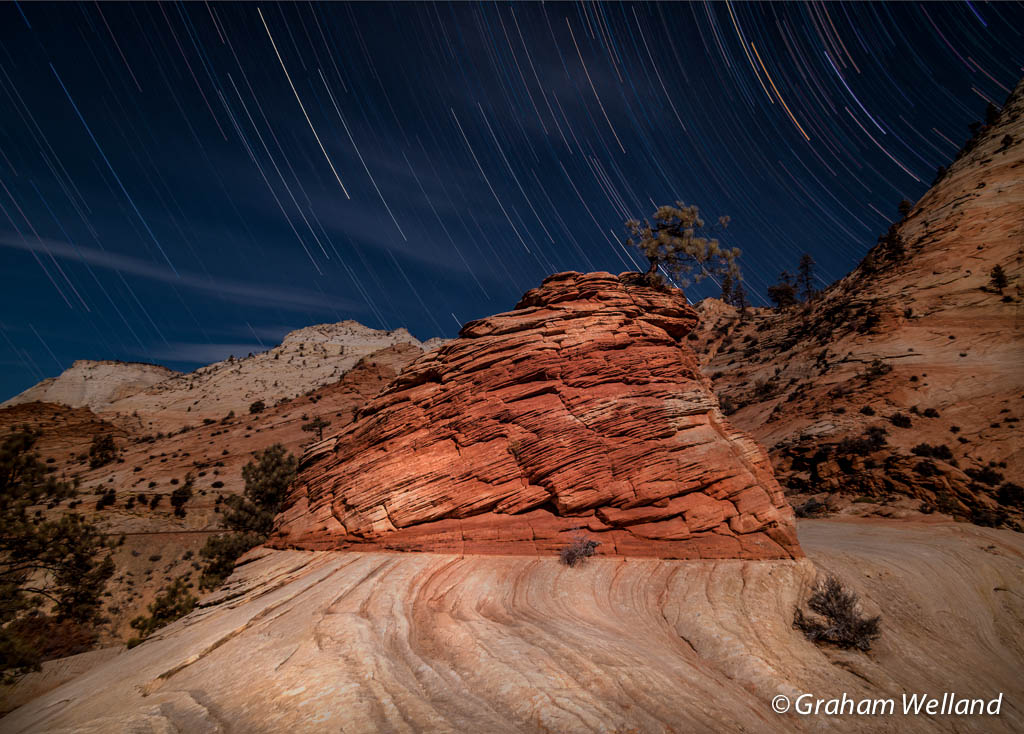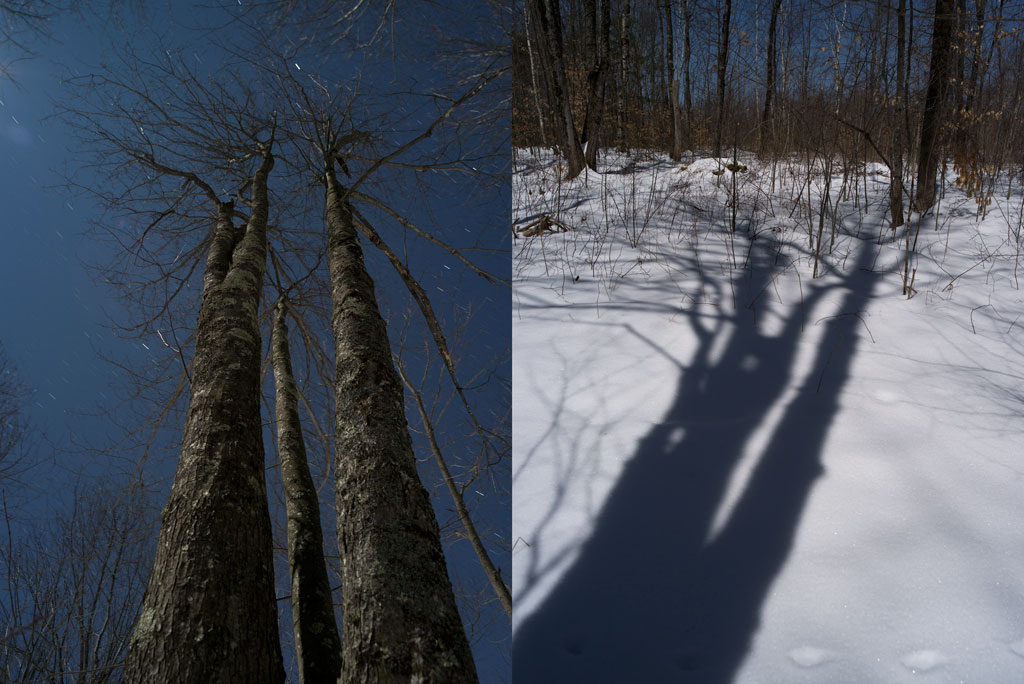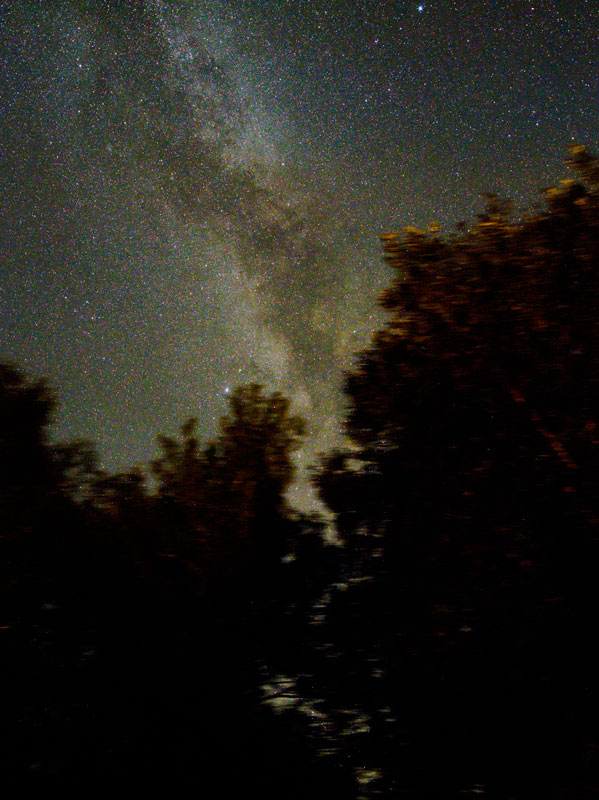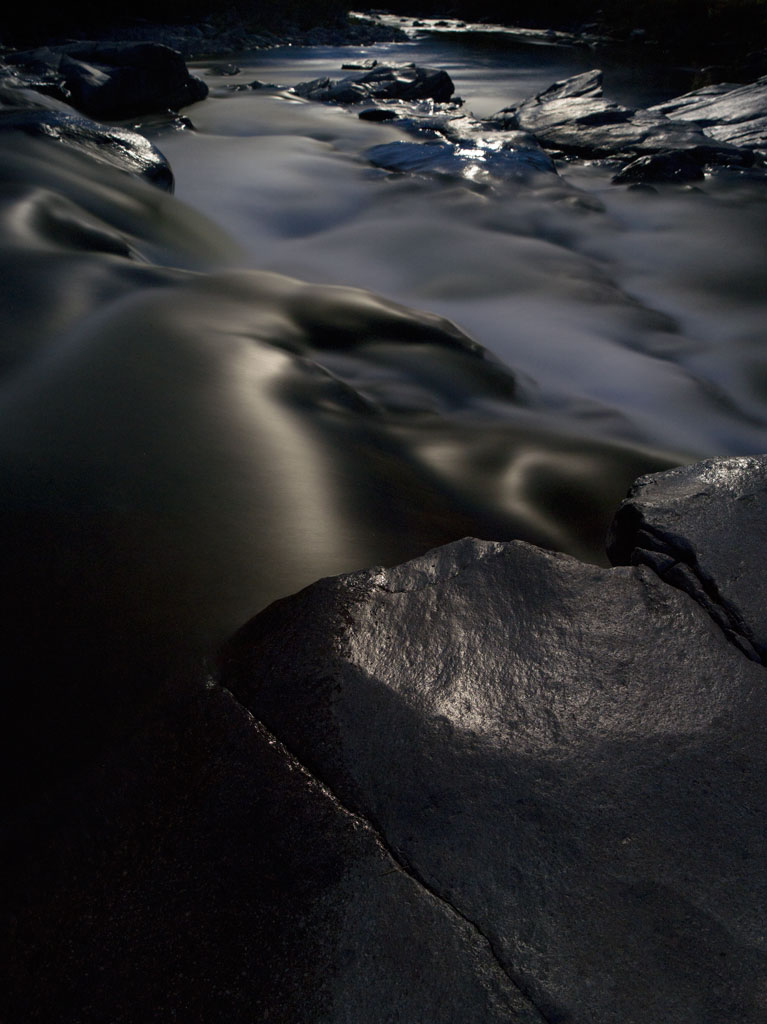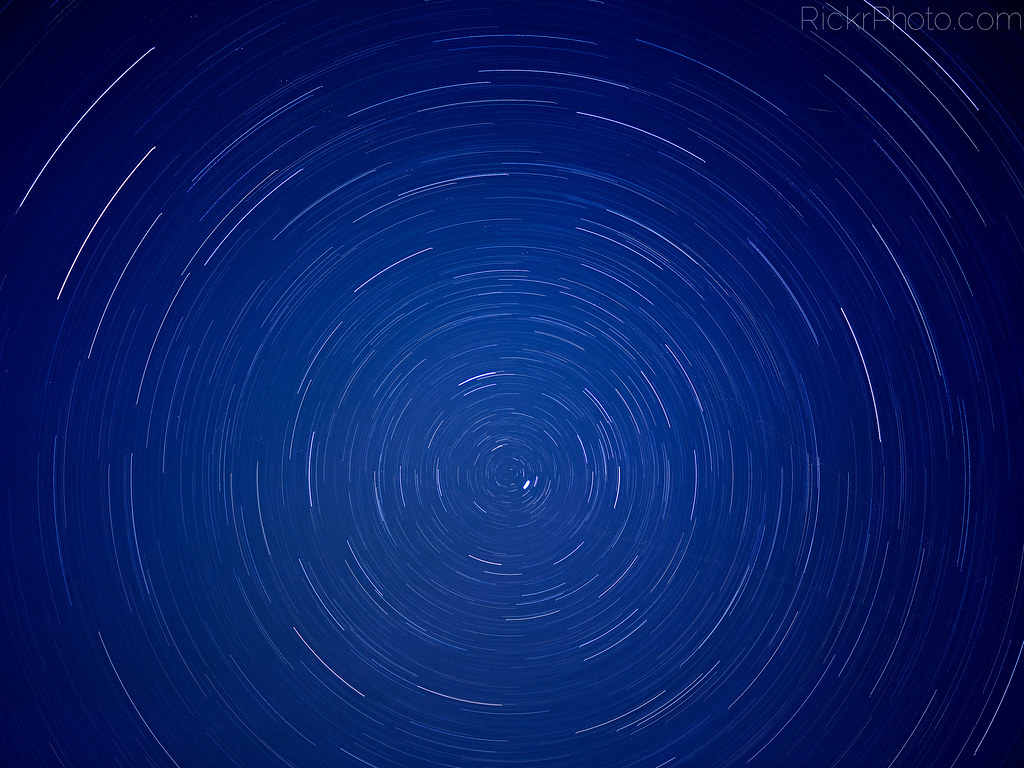Ed Hurst
Well-known member
Hello chums,
I recently tried my hand, for the first time, at star trail photography using my Pentax 645D. The approach I was taking involved taking a series of frames then stacking them later - to avoid excessively long exposures. This is partly because of the noise inherent in such exposures and partly because the 645D, despite having a menu option that purports to allow the function to be turned off, in fact will not allow you to shoot over 30seconds without compulsorily firing off a dark frame for noise reduction purposes - which of course would lead to long breaks in the trails.
I used an exposure of 30 seconds @ f3.5 using ISO 1600. As you can imagine, the files were somewhat noisy (though not as bad as you'd expect - the 645D is actually ok at quite high ISOs). The quality was not what a user of medium format is seeking... Clearly this camera is not the ideal tool for such a task.
This got me wondering what the optimum equipment would be (I plan to have another go and am willing to hire equipment for the task). On the one hand, the issue might involve cameras that allow long exposures at low-ish ISOs (without the dark frame being fired after every exposure) - which might suggest the much vaunted P45+ is the ideal beastie. The other option is to use a camera that allows the use of moderate exposure lengths (say 30secs to 1 minute) at higher ISOs, which might suggest a Nikon D4 or D3S or D800 might be the optimum (I am thinking D800 because of the ability to use an ISO of, say 800, with 1 minute exposures - though going up to ISO 800 or above might suggest that the D4 or D3S would have a noise edge, with lower resolution).
Needless to say, without any hands-on experience of any of these pieces of equipment (I only have the Pentax 645D and a Canon 5Dii), I am finding it hard to judge. Before hiring equipment and paying for flights to the Australian outback, I would appreciate advice here. My question, in short, is what equipment will give me the best possible results - if that is defined in terms of high resolution with low noise. For the purposes of simplicity, let's exclude technical cameras from the options if that's ok with you...
In case it's relevant, I am looking at doing something very wide angle (but rectilinear, not fish eye). Something like the angle of view achieved by the 25mm lens on the Pentax 645D or the 24mm on the blad...
I have assumed that the IQ180 or IQ160 are not the ideal solution here because of the need for long exposures or high ISO - if the goal is get high resolution with low noise - that wonderful sweet spot we all seek... but happy to be corrected here.
Any advice much appreciated.
Best wishes,
Ed
P.S. I have started using my Gitzo, Cube and RRS slide combo and I am in love!
I recently tried my hand, for the first time, at star trail photography using my Pentax 645D. The approach I was taking involved taking a series of frames then stacking them later - to avoid excessively long exposures. This is partly because of the noise inherent in such exposures and partly because the 645D, despite having a menu option that purports to allow the function to be turned off, in fact will not allow you to shoot over 30seconds without compulsorily firing off a dark frame for noise reduction purposes - which of course would lead to long breaks in the trails.
I used an exposure of 30 seconds @ f3.5 using ISO 1600. As you can imagine, the files were somewhat noisy (though not as bad as you'd expect - the 645D is actually ok at quite high ISOs). The quality was not what a user of medium format is seeking... Clearly this camera is not the ideal tool for such a task.
This got me wondering what the optimum equipment would be (I plan to have another go and am willing to hire equipment for the task). On the one hand, the issue might involve cameras that allow long exposures at low-ish ISOs (without the dark frame being fired after every exposure) - which might suggest the much vaunted P45+ is the ideal beastie. The other option is to use a camera that allows the use of moderate exposure lengths (say 30secs to 1 minute) at higher ISOs, which might suggest a Nikon D4 or D3S or D800 might be the optimum (I am thinking D800 because of the ability to use an ISO of, say 800, with 1 minute exposures - though going up to ISO 800 or above might suggest that the D4 or D3S would have a noise edge, with lower resolution).
Needless to say, without any hands-on experience of any of these pieces of equipment (I only have the Pentax 645D and a Canon 5Dii), I am finding it hard to judge. Before hiring equipment and paying for flights to the Australian outback, I would appreciate advice here. My question, in short, is what equipment will give me the best possible results - if that is defined in terms of high resolution with low noise. For the purposes of simplicity, let's exclude technical cameras from the options if that's ok with you...
In case it's relevant, I am looking at doing something very wide angle (but rectilinear, not fish eye). Something like the angle of view achieved by the 25mm lens on the Pentax 645D or the 24mm on the blad...
I have assumed that the IQ180 or IQ160 are not the ideal solution here because of the need for long exposures or high ISO - if the goal is get high resolution with low noise - that wonderful sweet spot we all seek... but happy to be corrected here.
Any advice much appreciated.
Best wishes,
Ed
P.S. I have started using my Gitzo, Cube and RRS slide combo and I am in love!

